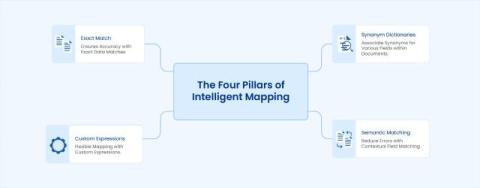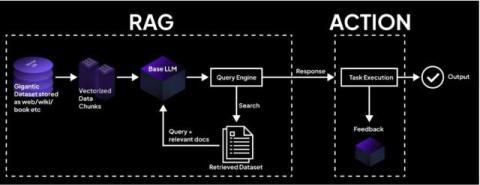Postman Load Test Tutorial
Postman is highly popular in the testing tools space for verifying API requests. While its use for general API testing is widely adopted, conducting load testing with Postman is not as straightforward. In this post, we assume that you have some experience working with Postman and are familiar with the fundamentals of creating and sending requests. If you’re new to Postman, there are numerous resources available in the Postman Learning Center.











